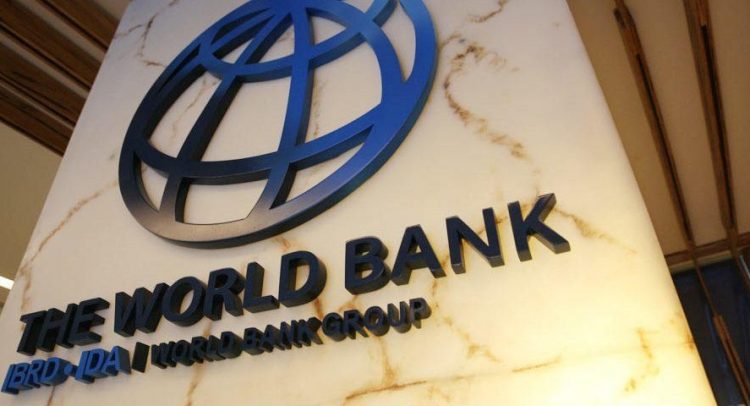
The latest data from the Bank of Ghana (BoG) has revealed that Ghana’s public debt climbed to a staggering GH?610 billion as of December 2023.
This figure reflects an alarming 26.85% surge from the GH?446.3 billion recorded in December 2022, underscoring a significant escalation in the country’s debt burden.
Notably, the newfound debt milestone translates to a 72.5% of Ghana’s Gross Domestic Product (GDP), emphasizing the substantial financial challenges facing the nation.
Despite the successful completion of the domestic debt exchange program, the country’s year-to-date public debt level soared by GH?163.7 billion, as reported in the Bank of Ghana’s Summary of Economic and Financial Data for March 2024.
In dollar terms, Ghana’s total debt stock stood at US$52.4 billion, propelled mainly by the depreciation of the local currency. External debt accounted for GH?350.3 billion (US$30.1 billion), while domestic debt stood at GH?259.7 billion, representing 30.9% of GDP.
The external debt surged by GH?109.4 billion, underscoring growing reliance on foreign borrowing, while domestic debt also saw a marginal increase of GH?54.3 billion.
On a slightly brighter note, Ghana’s Nominal GDP witnessed an uptick from GH?614.3 billion to GH?841.6 billion, illustrating some growth in the overall economic output of the country.
These figures paint a concerning picture of Ghana’s rising public debt levels, with the debt-to-GDP ratio hitting worrisome heights.
As policymakers grapple with the challenges posed by the escalating debt burden, continued vigilance and strategic financial management will be crucial to safeguard the country’s fiscal stability and economic prospects.
By Vincent Kubi

















Facebook
Twitter
Pinterest
Instagram
Google+
YouTube
LinkedIn
RSS